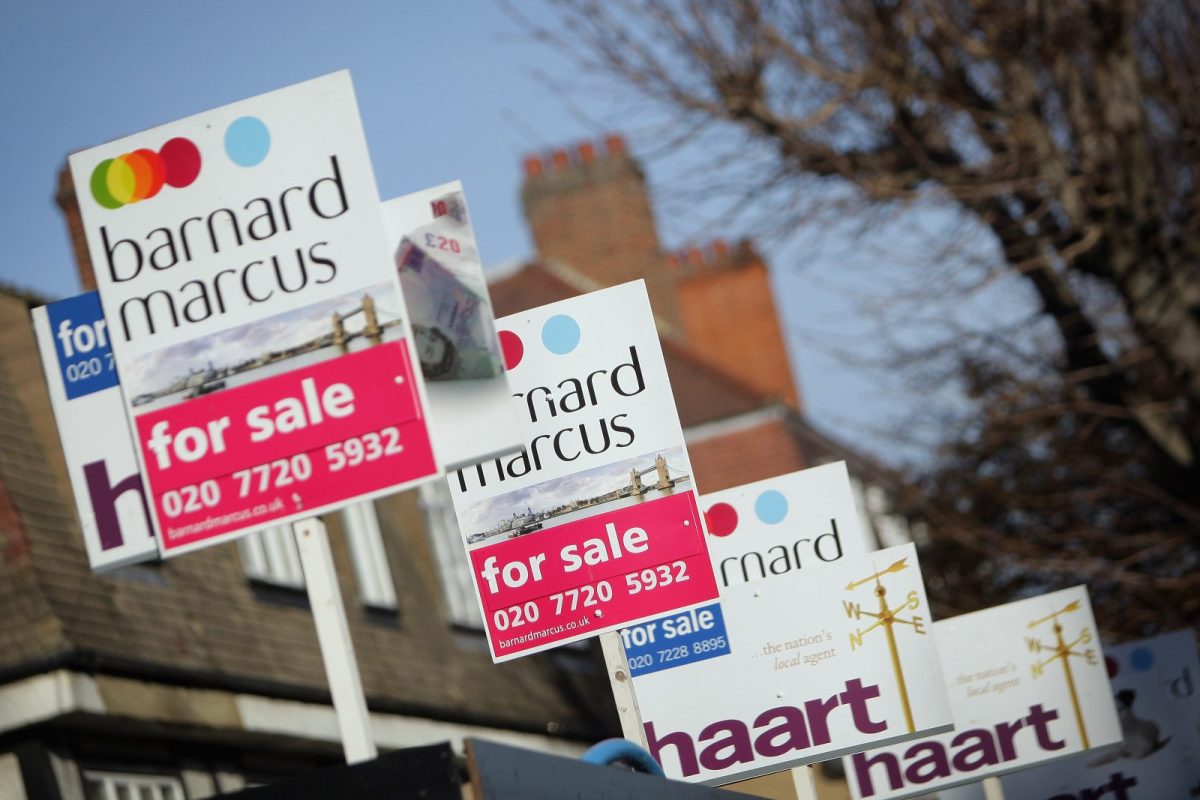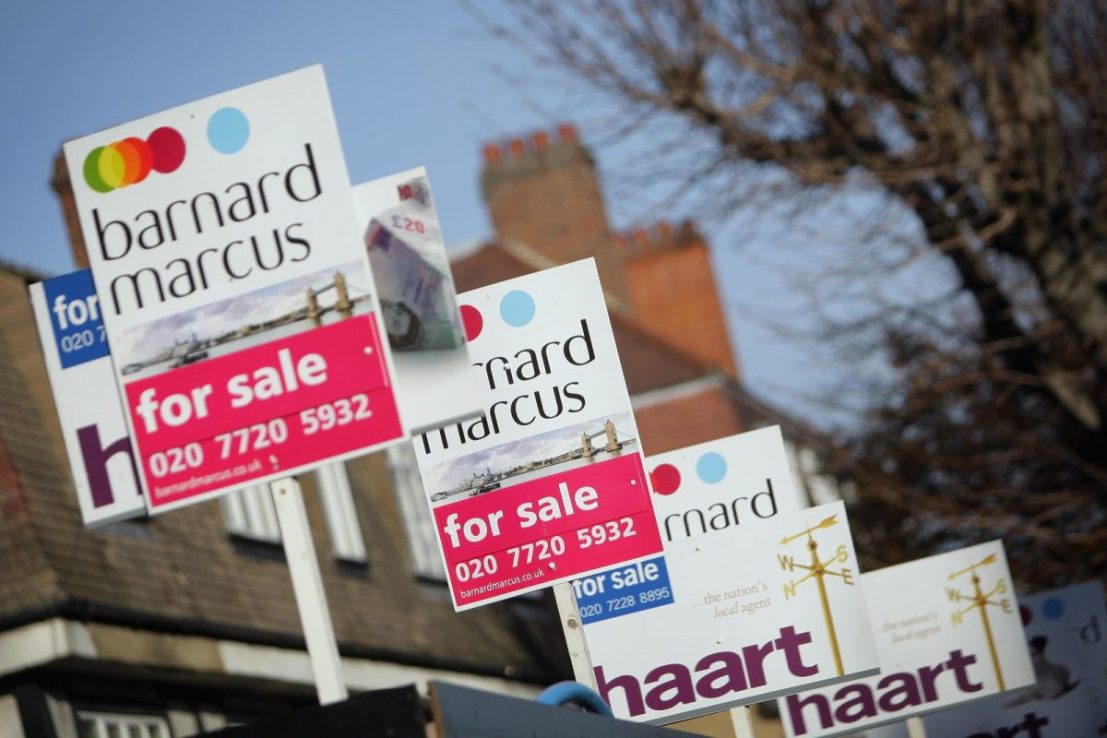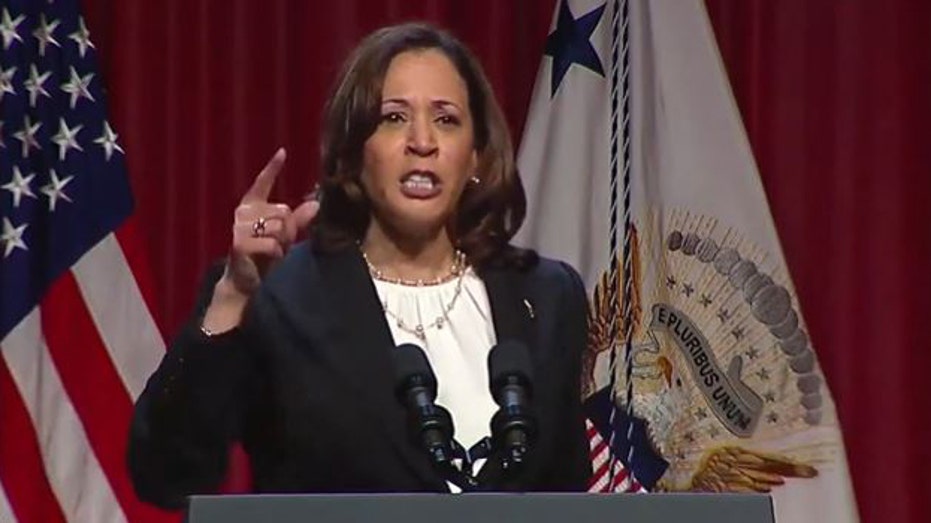Why the ‘mood music’ surrounding the housing market outside London has changed
An influx of new residents into Manchester, Birmingham, Leeds, Bristol, Edinburgh and Glasgow helped the housing market remain resilient during 2023, according to a new report.


An influx of new residents into Manchester, Birmingham, Leeds, Bristol, Edinburgh and Glasgow helped the housing market remain resilient during 2023, according to a new report.
New research from global property advisor JLL shows there was a surge in demand from renters and buyers for prime residential properties across the UK’s ‘big six’ despite high inflation and interest rates.
The report, which tracks residential development activity, prices and rents across the six areas, highlighted a desire from city centre residents to live in ‘vibrant, highly-amenitised and well-connected central locations’.
The report also adds that the “mood music surrounding the UK housing market changed” in 2024 and that early indicators suggest that “activity is increasing and the outlook for the market from both purchasers and property professional is increasingly optimistic”.
‘Structural resilience’
Marcus Dixon, director of UK residential research at JLL, said: “Make no bones about it, 2023 was a challenge for the UK housing market.
“Yet it continues to show structural resilience and the ability to handle the headwinds posed by high interest rates, inflation and wider economic certainty.
“We’ve entered the new year with more upbeat mood music surrounding the UK housing market.
“Early indicators suggest activity is increasing and the outlook from both buyers and among professionals is increasingly optimistic.
“The consensus on the direction of travel for the bank rate is improving, and a five-year fix has now fallen below four per cent for those with bigger deposits.
“It won’t be plain sailing but while the UK’s city centres continue to be attractive places to live, work and study, its residential property market will go from strength to strength.”
JLL’s research showed that the first six months of 2023 were characterised by a shortage of available rental properties.
Investment in build to rent across the six major cities analysed totalled £1.1bn for 2023 – down five per cent on 2022 but lower than the average fall nationally of 20 per cent.
Birmingham was the most active of the six cities, recording three deals totalling £490m in 2023.
High mortgage costs and rising household bills also fed through to the sales market.
JLL’s research shows sales growth across the big six slowed to an average of 2 per cent.
By comparison, the last three years have all seen prices for new homes across all six markets increase by at least 9 per cent.
Scotland’s two big cities showed the highest annual growth in prices, with Edinburgh recording 5.8 per cent and Glasgow 4.2 per cent.
By comparison, Leeds registered 2 per cent, Birmingham 1.8 per cent, Manchester 1.6 per cent and Bristol 1.5 per cent.
‘Increasingly optimistic’
JLL‘s report states: “2023 was a challenging year for the housing market. Yet, our city centres remained resilient, benefitting from an influx of new residents, fuelling demand for homes across the Big Six.
“The rental market continued to be characterised by scarcity of stock, particularly in the early part of the year.
“Although the disparity between supply and demand eased at the year end, we still expect the rental market in 2024 to remain competitive across the six city markets.
“Another consistent theme is the desire from residents to live in vibrant, highly amenitised, and well- connected city centre locations.
“For the sales market, rising mortgage rates combined with increases in the cost of living meant those purchasing often had more constrained budgets.
“This meant we saw greater activity at the lower end of the market, with first-time buyers not necessarily absent but often having less to spend and having to adjust to smaller homes to align with their more limited budgets.
“But the mood music surrounding the UK housing market changed this year. Early indicators suggest activity is increasing and the outlook for the market from both purchasers and property professional is increasingly optimistic.
“The consensus on the direction of travel for the bank rate is improving, and a five-year fix has now fallen below 4 per cent for those with bigger deposits.
“Rising sentiment and falling rates has already begun to feed into the market. Land Registry, Nationwide and Halifax have all reported monthly rises to house prices in their latest indices.
“In the lettings market, rental growth is beginning to soften to more sustainable levels, with more stock available on the market.”



